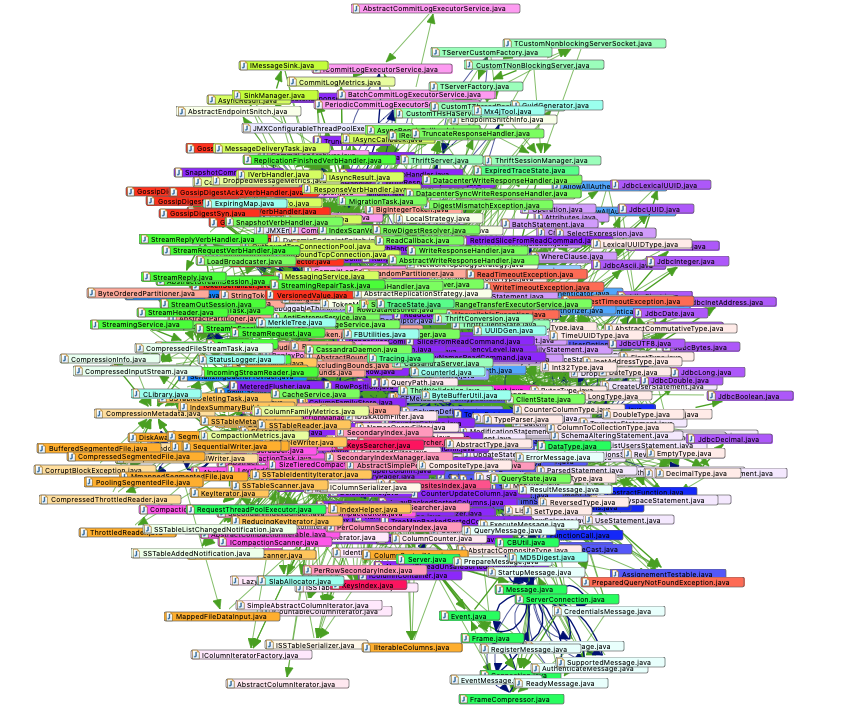One of the definitions used to approach software architecture is that it is responsible for defining the parts of a project and the technological strategy. And, like any strategy, there must be an ongoing process of review and update. That's why, here on the Zup Open Source team, we're using the C4 model.
Having a view of your project's architecture is crucial in several aspects, as it helps you answer questions such as: how can my system integrate internally or with other systems? Or, how can I guarantee security between my applications? And so on.


